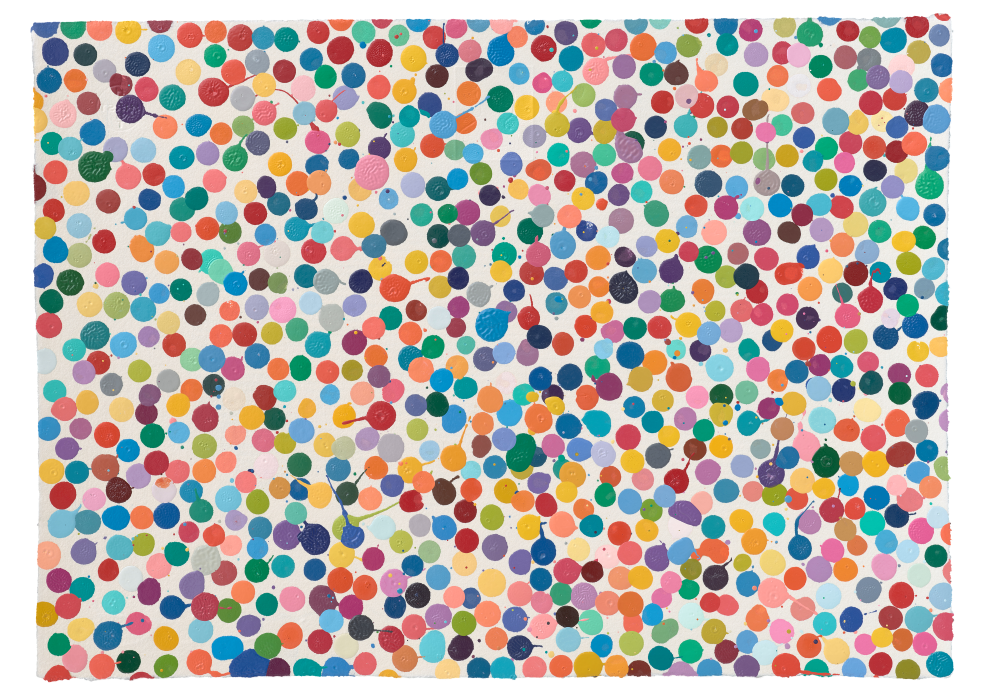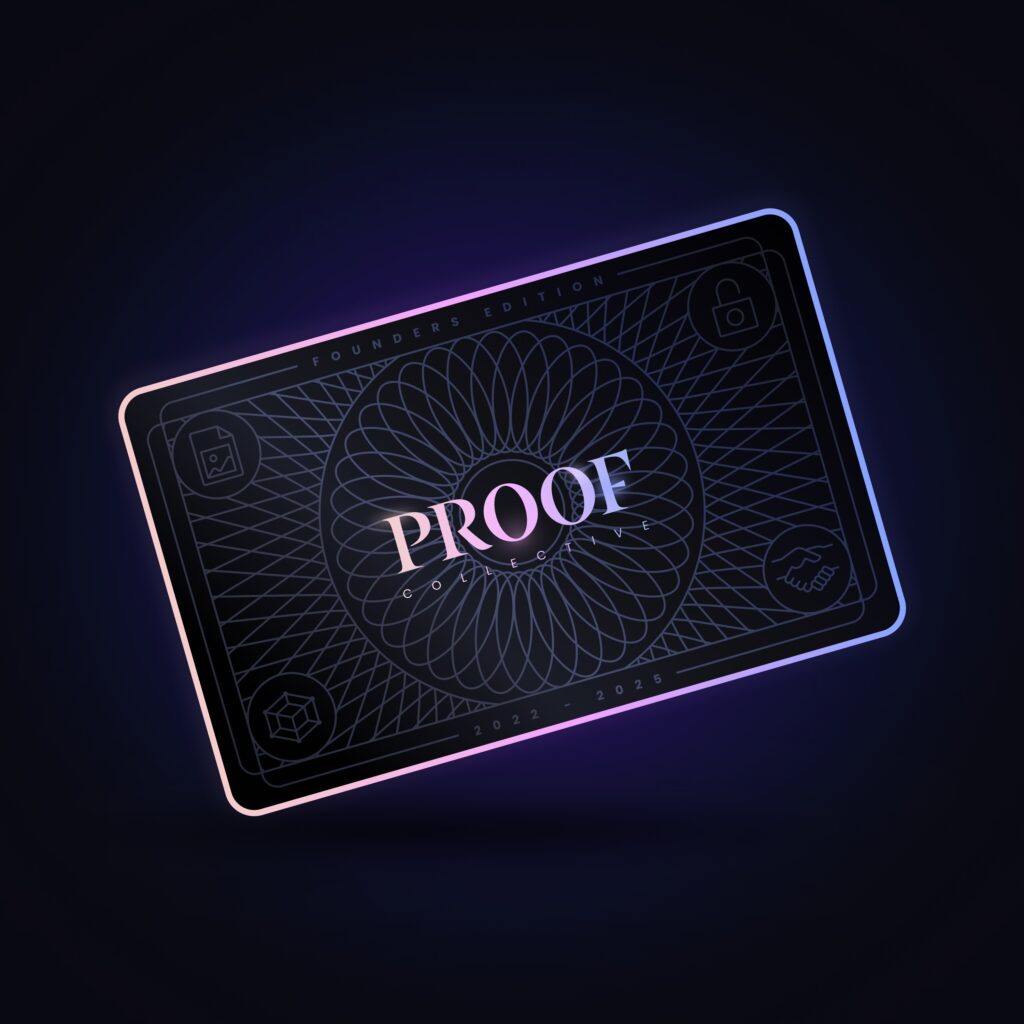Thoughts On Emerging Legal Issues At The Intersection Of Finance, Blockchain And Law
Blog
What's With the frog?
Five Categories of NFT’s
In my opinion, most NFTs can broadly be broken down into five non-exclusive categories.
1) Profile Pictures (“PFPs”)
These are by far the most common type of NFTs I have come across and aim to serve as your Web 3.0 identity. In addition to having some personal significance for the holder, these NFTs serve as a membership to a particular NFT community, with some, such as Cryptopunks and BAYC, being an immediate marker of prestige.
One question I always ask myself is the value proposition underlying a Pfp before making the decision to buy it. Cryptopunks are widely considered to be the first generative Pfp collection on the Ethereum blockchain while BAYC is really the first true community and utility driven project.
Unlike the majority of Pfp collections, Aworld NFTs are entirely hand-drawn. The first time I laid eyes on the frog, it reminded me of a well-dressed professional who didn’t take themselves too seriously, and I felt I had to have it. It took me months to locate the owner of the NFT, who, graciously, accepted my trade offer!
My advice to anyone looking to get a Pfp is to find a community and a piece that resonates with you. You won’t be phased by drops in floor prices and will HODL it for life!
2) Metaverse Land
The second broad category of NFTs are metaverse lands. These are parcels of virtual real estate representing ownership to a particular space in a metaverse project.
I often get asked why anyone would purchase land in the metaverse. In my opinion, these questions generally come from people who are outside the gaming ecosystem. Fortnite, for example, is a Web 2.0 game that has customization options for characters known as “skins”, which, unlike NFTs, are not tradeable. Recently, revenue on just one set of these launched skins was $50 million.
The metaverse is a $1 trillion+ per year opportunity, and the ability for individuals to own one of a fixed number of real estates in a popular metaverse cannot be understated in terms of upside potential. This is especially because the metaverse has applications far beyond gaming.
Currently, the top metaverse projects in terms of market capitazliation are Sandbox and Decentraland. However, a number of new players have emerged on the market. For example, NFT Worlds is built entirely on top of minecraft, the most popular game of all time, and hopes to capitalize on the existing network effects. Metaverse real estate is not just limited to parcels of land, and can include things like apartments or even villas.
How do I decide which metaverse play to invest in? I start by taking a deep dive into the project and asking: (1) what is this project doing differently?; (2) does the project have the promise of network effects? (“would anyone play this?”); and (3) what is the track record of the team behind the project?
3) True Art
True art NFTs are my favorite type of NFTs. One reason for this is because they are generally not accompanied by promises of utility. Community members purchase pieces in these collections purely because of their beauty and these communities usually contain true art collectors.
On the right, for example, is one of my favorite collections known as “The Currency” by contemporary artist Damien Hirst. I don’t own a piece in this collection (yet!) but it comprises 10,000 hand-painted NFTs that are stored in a vault in London. Holders have until July 27, 2022, to burn their NFT and trade it in for a physical piece. If they opt not to, the physical piece will be destroyed! I love projects like these because they really force us to think critically about how we conceptualize and value art.
A discussion of true art NFTs would not be complete without mentioning Art Blocks. Some of the most coveted NFT collections have been launched from the Art Blocks platform. If you haven’t already, I encourage you to take a look at the Art Blocks website to understand their unique model.
4) Passes / Memberships
Being an NFT holder in any collection immediately makes you a “member” of that collection. However, I have noticed a recent trend in the NFT space where membership is represented by an actual pass, and not a dedicated art collection.
Ownership of these memberships/passes can grant you access to exclusive drops. For example, Proof Collective members have had exclusive access to highly successful drops such as Moonbirds and Grails.
The most fascinating thing about these membership NFTs is that they highlight just how flexible and wide-reaching the application of NFTs can be. Here are a just a few examples:
- Coniun Pass – This is an “alpha” group granting holders access to whitelists to mint new collections and also fundamental and technical analysis for those who are actively trading NFTs;
- JRNY Club – One of the most influential personalities in the NFT space, Tony (JRNY) recently launched his own membership pass granting holders, among other things, exclusive access to future JRNY projects; and
- Fly Fish Club – This membership grants exclusive access to a restaurant co-founded by Gary Vaynerchuk.
5) Gaming NFTs
Gaming NFTs often have significant overlap with Pfps and Metaverse Land NFTS.
They are also generally associated with some type of staking reward. This means that holders of the NFT are rewarded with tokens for the duration of time that they hold the NFT. The token, in addition to having utility within the games ecosystem will often also be tradable on a decentralized exchange for economic value.
In my experience, the majority of gaming NFTs I have come across suffer from the problem of inflation and loss of economic value of the token. However, newly emerging games combine DeFi and introduce risk models to counteract the problem of inflation.
On the right, for example, is a gaming NFT from Wolf Game. Those staking the NFT earn staking reward in the form of $WOOL but with an interesting risk model.
Final Remarks
The 5 types of NFTs in this post only scratch the surface of what is possible with NFTs. Recently I have seen NFTs where holders earn tokens for exercising as well as AI generated music NFTs. There are also entire communities like NFT Relics dedicated to historical/vintage NFTs. I look forward to seeing the next exciting iterations of NFTs on the blockchain.
Schedule A Consultation
Get in touch! Let’s discuss your specific business needs and how I can help.





